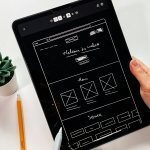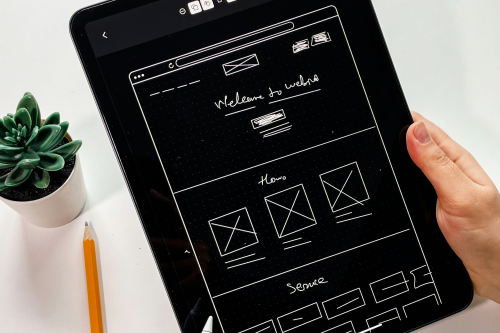In my world of UX design, I recently had to ask myself the question: Is dark mode better in dark environments, such as during rock concerts? While intuitively, dark mode might seem the better choice for such settings, the answer is nuanced and involves considering several factors. In well-lit environments, light mode has been shown to offer better readability due to higher contrast. However, in darker environments like concerts, while dark mode reduces glare and is less harsh on the eyes, it doesn’t necessarily outperform light mode in terms of readability, especially for smaller text. This finding prompts a deeper exploration into the benefits of both modes, not just based on lighting conditions but also user preferences and technological capabilities.
A survey conducted by UXDesign.cc found that 58.7% of designers prefer using dark mode for their user interface, citing reasons such as less eye strain and better focus.
UXDesign.cc
But, who cares what designers think?
Just because designers are going dark it doesn’t mean that the general population has the same preference. The article above shows opinions on light and dark mode are more evenly split.
Modern smartphones can adjust their brightness automatically, mitigating some of the drawbacks of either mode. Offering the flexibility to switch between light and dark modes or even dynamically adjusting the interface based on ambient conditions and user preferences, aligns with the ethos of user-centric design. It emphasizes the need to cater to diverse user scenarios and preferences.
For more detailed insights, consider reading the articles from the Nielsen Norman Group and Pivony, which delve into the advantages and considerations of light and dark modes in different environments.
In summary, is dark mode better in dark environments? There is not a conclusive answer. However, it is important to understand that users do have preferences between light and dark modes in specific environments like rock concerts. It is crucial to empower users with the ability to personalize their experience. This is user-centered design and it results in a more engaging and comfortable interaction with the digital environment, enhancing overall user satisfaction.





